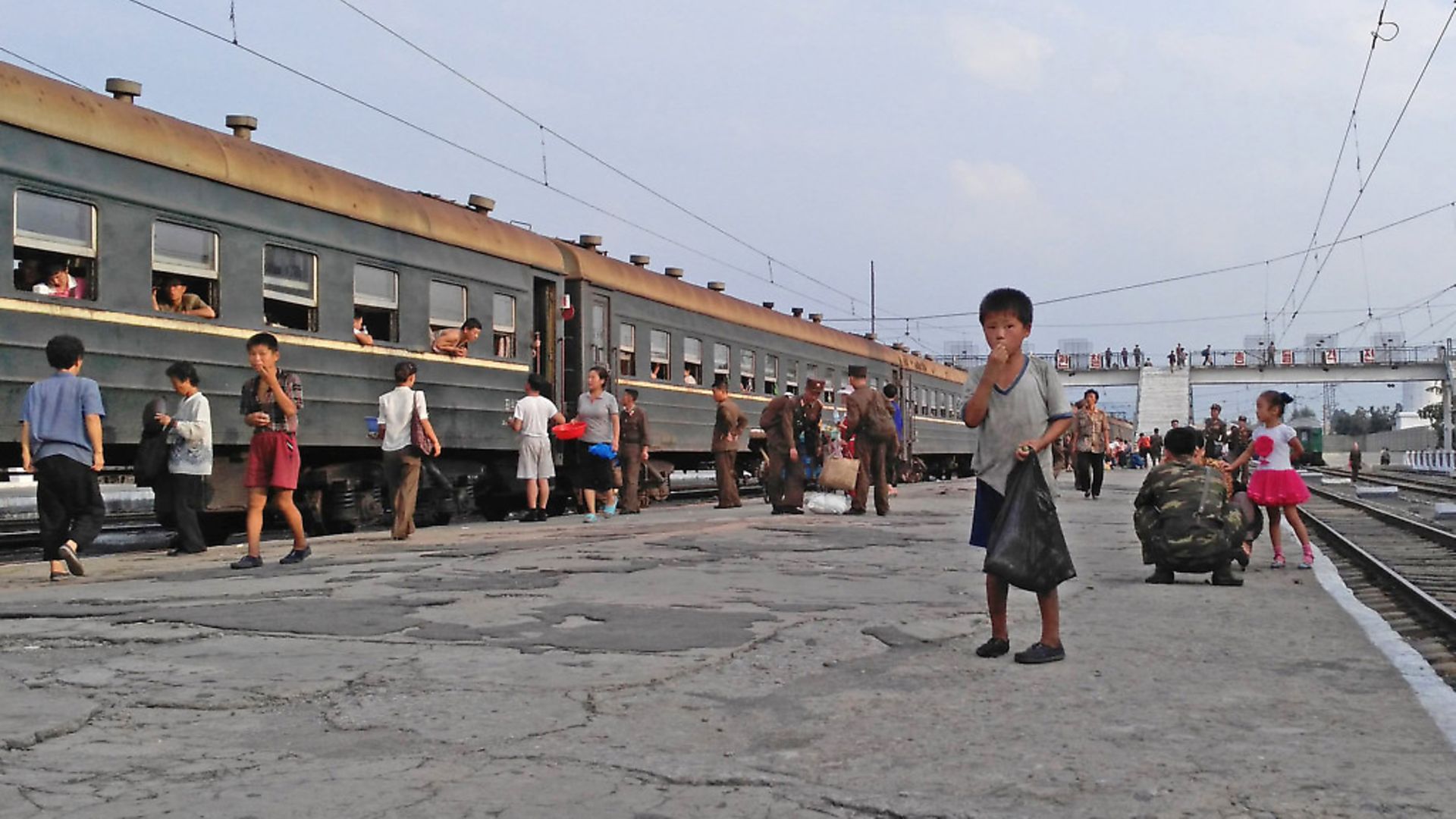
If Pyongyang is to emerge from the cold, it will be because it has revolutionised its railways. says HUSSEIN DIA
One of the most revealing moments from the meeting, in April, between the leaders of North and South Korea came when president Moon Jae-in said he would like to travel through North Korea to climb Mount Paektu, a site of great folklore importance for both states.
Kim Jong-un responded with the frank admission that he would feel ’embarrassed’ by the state of his country’s railways, were the South Korean to travel on them. He added that the North Korean athletes who had taken part in the PyeongChang Winter Olympics two months earlier had been impressed by the high-speed rail network they had experienced in the South.
The parlous state of North Korea’s railways might not have come as a surprise to many, but such an acknowledgement of it in a meeting involving the two leaders suggests the ways that transport and infrastructure could help to build bridges on the peninsula.
In recent years, Pyongyang has focused on twin policy objectives: achieving global political legitimacy, and embarking on a program of economic modernisation. Its apparent discarding of a more belligerent attitude and recent diplomatic moves – such as the April summit and June’s even more high-profile meeting between Kim and Donald Trump – have arguably helped in reaching the first objective. North Korea is now exploring how to achieve the second.
Compared to neighbouring China and South Korea, North Korea’s infrastructure is crumbling and in dire need of expansion and modernisation. For decades, the government emphasised investment in heavy industry and weapons programs, allowing its roads, ports, rail lines and airports to fall into disrepair. Its energy, water and communications systems also lag behind the rest of the world.
The discussion between Kim and Moon was seen by many as a likely sign that the North now wants to bring its infrastructure – starting with its rail network – into the 21st century.
And South Korea evidently wants to help. At the summit, Moon gave Kim a USB drive that laid out a vision for connecting the two Koreas through new infrastructure projects and special economic zones.
At the heart of Moon’s plan would be a US$35 billion upgrade of North Korea’s rail network, including high-speed rail lines connecting Seoul, Pyongyang and other industrial zones, and a retrofit of other rail lines in the North.
Moon’s proposal is shrewd. The rail lines would also connect North Korea to its northern neighbours, China and Russia, and ultimately serve as a vital link between the entire Korean peninsula and the rest of Asia and Europe.
More importantly, the South Korean proposal goes well beyond infrastructure. It would be a catalyst for unlocking the potential of the North’s untapped mineral reserves, which have been valued at somewhere between US$6-10 trillion.
These reserves consist of iron, gold, copper and graphite, as well as large amounts of rare earth deposits needed for production of smart phones and other high-tech gadgets made in the South. There are also unconfirmed reports of oil and gas deposits in North Korean waters.
However, modernising North Korea’s neglected infrastructure won’t come cheaply. The cost is estimated at several trillion dollars – similar to what West Germany spent to develop the East after the fall of the Berlin Wall.
The technical know-how and capacities of North Korea’s labour forces will also pose huge challenges. Already, Samsung, Hyundai, Daewoo and other corporations provide training for the North Koreans they’ve employed in special economic zones along the border. These giants are well-placed to rebuild the North’s deteriorating infrastructure, but would need to invest much more time and money to train the local workforce.
Whether the North accepts the South’s help remains to be seen. This could prove to be a major stumbling block.
Of course, China could step in and play a major role. The country has built the world’s longest high-speed rail network, extending some 22,000kms, in a remarkably short span of time.
Beijing has strategic interests in developing the North’s rail network, as well. A future inter-Korean railway could serve as an extension of its ambitious ‘One Belt, One Road’ infrastructure development initiative, linking China with key markets in Europe, the Middle East and Africa.
Before any progress can be made on grand plans like these, North and South Korea need to take an important first step and reopen the rail links and roads between the countries. The two neighbours agreed in June to work towards that goal, but any material progress will need to wait until international sanctions against North Korea are lifted. To this end, recent reports in the region have suggested Kim has asked the Chinese president, Xi Jinping, for his help in lifting the embargo.
The two Koreas agreed to start limited cross-border rail service to an industrial zone just over the North Korean border in 2007, but the fraught relationship between the two countries soon brought the initiative to a halt.
This time around, progress will depend on the cooperation of the North Korean leader, who has been reluctant to accept help in the past, but might be persuaded to do so now with his country’s future in the balance.
Hussein Dia is chairman of the Department of Civil and Construction Engineering at Swinburne University of Technology, in Australia; this article also appears at www.theconversation.com









